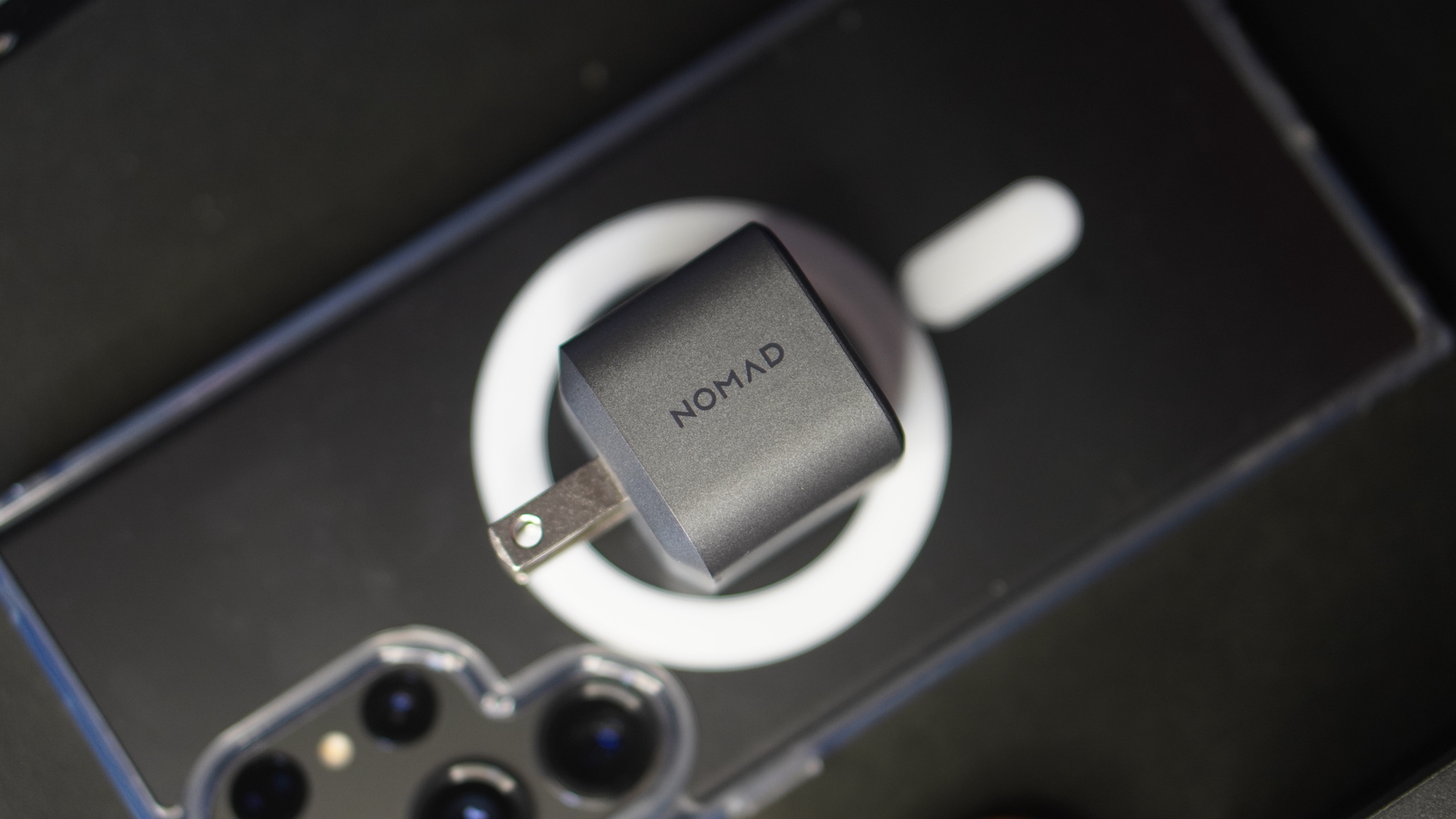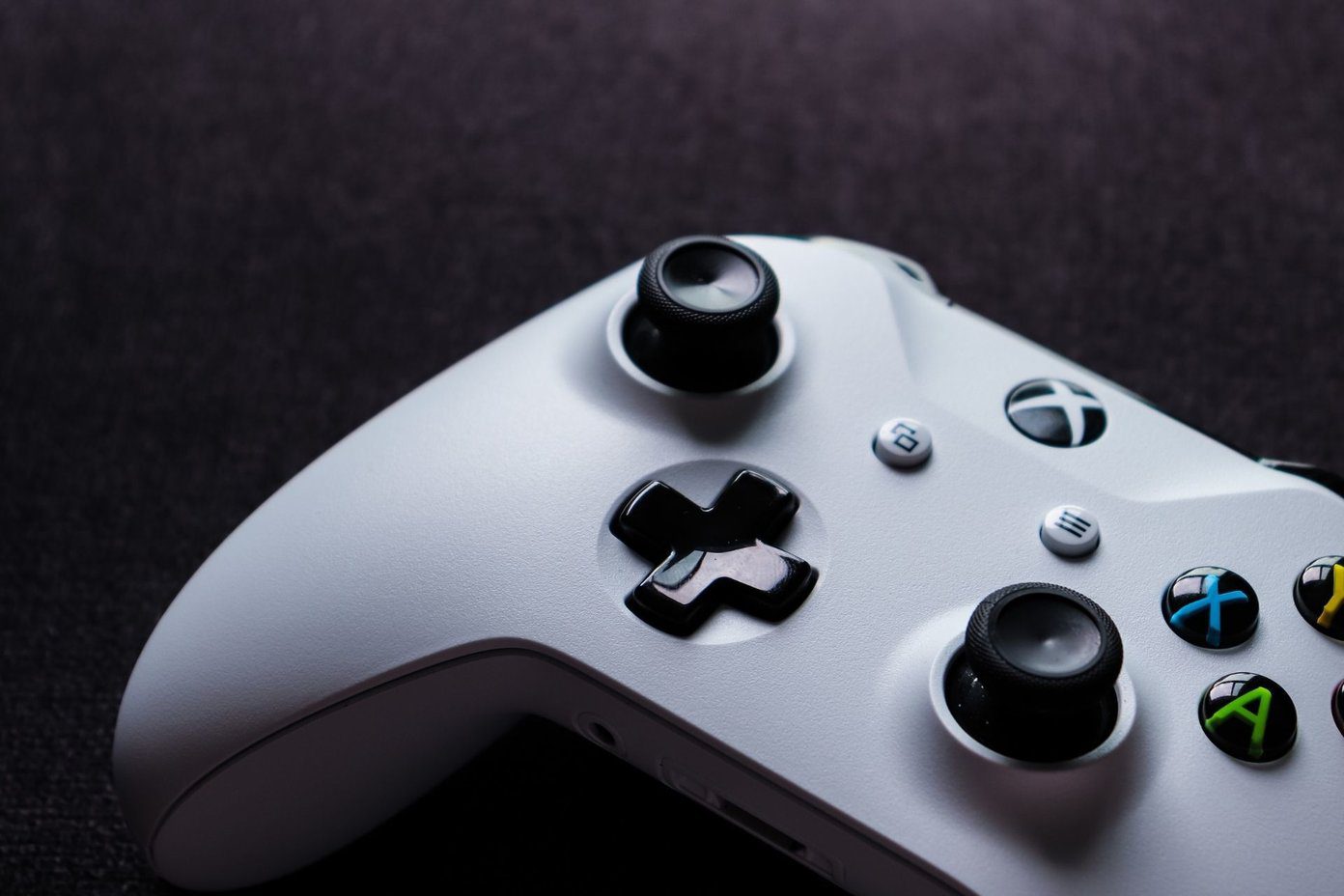Chargers are quietly disappearing from smartphone boxes of late. Brands have found a new means to cut costs by citing environmental reasons. As a result, you’re now forced to pick up an additional accessory when you buy a new phone. There are countless options for chargers available in the market. You can choose to get a bulky first-party charger from your smartphone’s brand — or you can get a GaN charger from a brand like Nomad.

GaN chargers are smaller, pack in more power, and dissipate lesser heat. Nomad’s 30W and 65W USB-C chargers fall into the exact same category. They’re both tiny and can charge everything from a smartphone to even a laptop. I used the Nomad 30W USB-C charger and the 65W AC power adapter to charge a host of gadgets to see if they’re worth buying. Here’s my experience with the two chargers.
Build and Design
The biggest difference between a standard charger and a GaN adapter is the physical footprint. The 30W USB-C charger from Nomad is as petite as the 5W Apple charger from years ago. But, it packs in six times more power. As a result, the GaN adapter is powerful enough to charge your MacBook Air while being portable enough to fit into your denim’s pockets.

As for the Nomad 65W USB-C charger — the overall size is slightly larger since it packs in more wattage and an additional USB-C port. However, it has a trick up its sleeve which reduces the footprint further. To that end, you get foldable prongs with the charger that make it easy to carry in your backpack.

Both power bricks are constructed entirely out of plastic. However, they feel sturdy and look the part of a premium product too. The same can be accredited to each charger’s metallic paint job, which has worked wonders for the overall fit and finish!
While I have no major complaints with either of the two chargers in the design department, I wish the small 30W adapter also shipped with foldable prongs. The overall footprint may have increased slightly but the charger’s protruding pins would have been less susceptible to dings and scuffs. Oh, and it would’ve made carrying the device that much easier.
Nomad 30W and 65W Power Adapters: Charging Performance
Of course, you get a charger to juice up your devices so let’s take a closer look at the duo’s charging performance. I’m going to divide this part into two sections — one for the 30W adapter and one for the 65W one. Those of you looking to buy a single adapter can sift through the different sections.
30W USB-C Charger
Let’s begin with the pocket rocket — the 30W charger. You get a single USB-C port with the adapter that can output at — you guessed it — 30W.

There are three output ratings for this particular charger –
- 5V 3A
- 15V 2A
- 20V 1.5A
While the 30W GaN adapter is a USB-PD charger, you do not get PPS support which is slightly disappointing. However, you can still fast-charge the iPhone 11 and up, which is great. You can also use the Nomad 30W adapter to charge small laptops and notebooks like the MacBook Air. In fact, I even tried charging the 13-inch MacBook Pro M1 and it worked as advertised. Of course, the device charged slowly but that is to be expected.

When charging an iPhone 14 Pro from 10%, it took me 1 hour and 27 minutes to get to 100 percent. On the other hand, the Samsung Galaxy S23 Ultra’s massive 5,000mAh battery went from 8 percent to 100 percent in 1 hour and 34 minutes. You can use these numbers as a reference before picking up the charger.
65W USB-C Charger
If you feel like you need more power or you want to charge two devices simultaneously, we suggest upgrading to the 65W dual-port charger. The combined output of the two ports is 65W. So, if you’re using a single port, you will get the max 65W output for one device.

But, if you choose to use both ports at once, the power is split as 45W max for the first port and 20W max for the second. Regardless, that should suffice for most users as the charger will be able to top up your MacBook Pro and an iPhone simultaneously. To give you a better picture, here’s the power split for the adapter when using a single USB-C port –
- 5V 3A
- 9V 3A
- 12V 3A
- 15V 3A
- 20V 3.25A
I was able to charge a 13-inch M1 MacBook Pro and a 14-inch M1 Pro MacBook Pro without any issues via the single USB-C port. What’s more, the MacBooks continued to draw a charge via the primary port even when I plugged an iPhone into the other USB-C port.

As for charging speeds, the iPhone 14 Pro took 1 hour and 19 minutes to go from 10 percent to 100 percent. While this is slightly quicker than the 30W adapter, I’m pretty sure it’s more to do with external factors like temperature and environment and not the output wattage itself.

Where there is a difference in wattage is when charging the Samsung Galaxy S23 Ultra. The phone charged from 6% to 100% in 1 hour and 16 minutes while charging at 45W. While 18 minutes may not seem significant, the 65W GaN brick’s faster charging speeds will pay dividends when you’re in a hurry.
Nomad Kevlar USB-C Cable
All the charging tests I conducted (on devices with a USB-C port) were using Nomad’s Kevlar USB-C charging cable. The main highlight of the cable is its build quality. As the name suggests, the Nomad USB-C cable has rugged construction with Kevlar fibers making it stronger than most cables out there.

In fact, Nomad is so confident about the structural integrity of the cable that it offers a 5-year guarantee with it. It’s not just about the strength of the cable though. The seams and the joints to the USB-C connectors are refined and polished as well.

As for power delivery, the Nomad Kevlar USB-C cable supports up to 100W power transfer. While this is sufficient for most use cases including charging a 16-inch MacBook Pro, we wish there was support for up to 240W power delivery given the price and the quality of the cable.

To go along with the ‘good for travel’ theme of the adapters, the cable also gets an awesome cable tie to keep it tidy when you’re traveling. Trust me, it’s unlike any other cable tie that you generally get with most cables. So much so, it’s the only one that has kept the cable truly organized without unwinding it.
Should You Buy the Nomad 30W and 65W Charging Adapters?
The Nomad 30W adapter retails for $29.95 which is in line with similar offerings from other brands like Anker (Anker 511). It packs in a respectable amount of power in a tiny form factor and should suffice for most users looking to charge their iPhone or any other device with a max charging capacity of 30W. It’s also the perfect adapter to get for MagSafe chargers like the Nomad Base One Max (see review).

With that said, for those of you who are on the move and are looking for a travel adapter, the 65W adapter is the way to go. The additional port comes in handy to charge both your laptop and smartphone at the same time. You can also use it to charge your phone and an accessory like the Apple Watch as well. However, at $69, we feel that the charger is slightly expensive since you can get similar devices for around $40.
The accessories are reliable though and the solid build means they will last you a long, long time. So, if you don’t mind paying a smidge more for devices with premium construction, Nomad’s Kevlar USB-C cable and 30W/65W GaN chargers will not disappoint you.
Last updated on 11 April, 2023
The above article may contain affiliate links which help support Guiding Tech. However, it does not affect our editorial integrity. The content remains unbiased and authentic.










